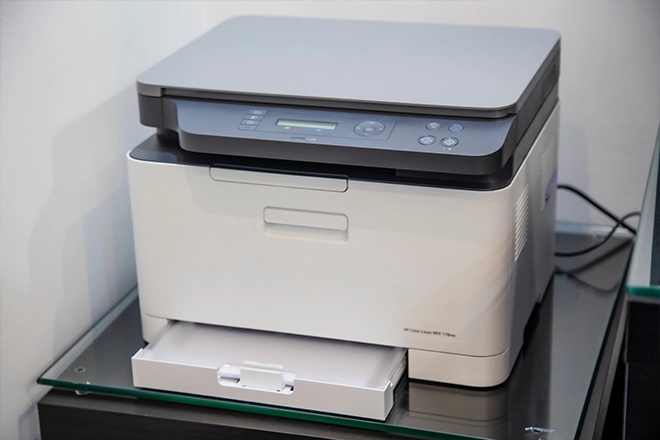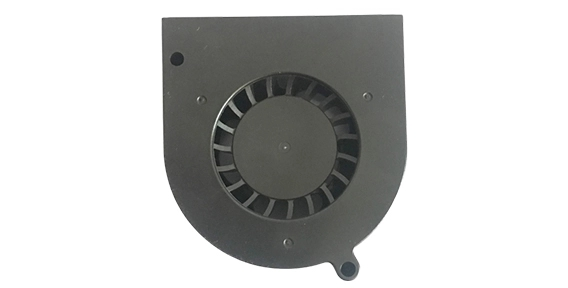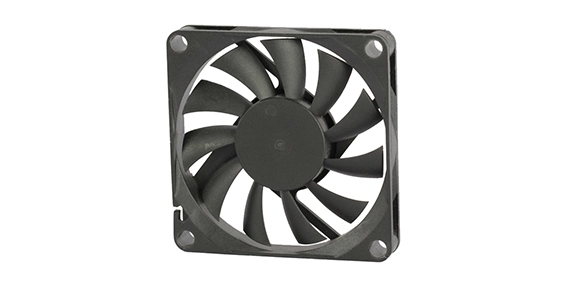Print cooling fans play a crucial role in achieving high-quality 3D prints. They help to quickly cool down the filament as it is laid down, preventing warping, shrinking, and ensuring precise layering. Therefore, choosing the right print cooling fan for your 3D printer is essential. In this article, we will discuss the importance of proper print cooling fan placement, types of print cooling fans and their advantages, the role of print cooling fans in preventing warping and shrinkage, and tips for maintaining and cleaning print cooling fans to ensure optimal performance.
The Importance of Proper Print Cooling Fan Placement in 3D Printing
Proper print cooling fan placement is vital for the success of your 3D prints. The fan should be positioned to cool the printed object immediately after each layer is deposited. This rapid cooling helps to solidify the filament and prevent it from deforming or sagging. It also enhances the overall print quality by reducing stringing, improving overhangs, and increasing the overall print speed.
Types of Print Cooling Fans and Their Advantages
There are different types of print cooling fans available in the market, each with its advantages. The most common types include radial fans and axial fans.
Radial fans, also known as centrifugal fans, provide focused airflow and are known for their high pressure. These fans are ideal for cooling individual layers and small details. They offer precise cooling control and can be positioned precisely where it is needed.
Axial fans, on the other hand, provide a wide and consistent airflow. They are typically used for cooling large areas or the entire print bed. These fans are especially effective at eliminating heat buildup in enclosed 3D printers.
The Role of Print Cooling Fans in Preventing Warping and Shrinkage
One of the significant challenges in 3D printing is warping and shrinkage of the printed object. This occurs when the layers cool unevenly, causing stress and distortion. However, with the proper placement and performance of print cooling fans, this issue can be significantly mitigated.
By cooling the printed object quickly and consistently, axial flow fan applications help to equalize the temperature distribution across the layers. This minimizes the thermal stress and prevents warping and shrinkage. It ensures that each layer is properly solidified before the next one is placed, resulting in more accurate and reliable prints.

Tips for Maintaining and Cleaning Print Cooling Fans to Ensure Optimal Performance
To ensure optimal performance of your print cooling fan, regular maintenance and cleaning are crucial. Here are a few tips to keep in mind:
Clean the fan regularly to remove any dust or debris that may accumulate on the blades. This can be done using compressed air or a soft brush.
Check the fan for any signs of wear or damage. Replace it if necessary to maintain consistent cooling.
Lubricate the fan bearings if needed, following the manufacturer's instructions.
Monitor the fan's performance and ensure that it is running smoothly and quietly. Any unusual noises or vibrations may indicate a problem.
In conclusion, choosing the right print cooling fan for your 3D printer is essential for achieving high-quality prints. Consider the placement, type, and advantages of different fans to find the one that suits your needs. Additionally, understand the role of print cooling fans in preventing warping and shrinkage, and follow proper maintenance and cleaning practices to ensure optimal performance. With the right print cooling fan, you can enhance your 3D printing experience and achieve outstanding results.


 EN
EN 

 +
+
 +
+
 +
+



